Introduction to Morel Mushrooms
Morel mushrooms (Morchella species) are among the most prized edible fungi in the world, renowned for their distinctive honeycomb appearance, rich earthy flavor, and remarkable health benefits. These wild delicacies have been treasured by foragers, chefs, and health enthusiasts for centuries, appearing briefly each spring in woodlands and forests across North America, Europe, and parts of Asia.
What sets morels apart from other mushrooms is not only their unique appearance—cone-shaped caps with a network of ridges and pits resembling a honeycomb or sponge—but also their impressive nutritional profile and wide-ranging health benefits. As we delve into the world of morel mushrooms benefits, you'll discover why these seasonal treasures deserve a place in your diet and how they can contribute to your overall wellbeing.

Nutritional Profile of Morel Mushrooms
Macronutrient Composition
Morel mushrooms offer an exceptional nutritional balance while remaining remarkably low in calories, making them an ideal addition to health-conscious diets. A 100-gram serving of fresh morel mushrooms typically contains:
- Calories: Approximately 31 calories
- Protein: 3.1 grams
- Carbohydrates: 5.1 grams
- Fat: 0.4 grams
- Fiber: 2.8 grams
This macronutrient composition makes morels particularly valuable for those seeking nutrient-dense foods that support weight management and overall health. Their protein content is notably higher than many other mushroom varieties, contributing to their satiety value and nutritional impact.
Vitamin Content
Morel mushrooms contain an impressive array of vitamins that contribute significantly to their health benefits:
- Vitamin D: One of the few natural food sources of this essential vitamin, with levels that increase when morels are dried in sunlight
-
B Vitamins: Rich in several B vitamins including:
- Niacin (B3): 6.2 mg per 100g (39% of Daily Value)
- Riboflavin (B2): Supports energy production
- Thiamine (B1): Essential for energy metabolism
- Pantothenic acid (B5): Important for hormone production
- Folate (B9): Crucial for DNA synthesis and repair
- Vitamin E: Contains tocopherols with antioxidant properties
The vitamin D content deserves special attention, as dietary sources of this nutrient are relatively rare, and deficiency is common worldwide. This makes morels a valuable food for supporting bone health, immune function, and mood regulation.
Mineral Content
Morel mushrooms are particularly remarkable for their mineral content:
- Iron: Contains approximately 12.2 mg per 100g (68% of Daily Value)
- Copper: Significant amounts that support enzyme function
- Phosphorus: Essential for bone health and cellular function
- Zinc: Supports immune function and wound healing
- Manganese: Important for metabolism and bone development
- Potassium: Helps maintain healthy blood pressure
- Selenium: Acts as an antioxidant protecting cells from damage
The iron content is especially notable, making morels a valuable food for those at risk of iron deficiency, including menstruating women, pregnant women, and individuals following plant-based diets.
Top Health Benefits of Morel Mushrooms
Immune System Enhancement
One of the most significant morel mushrooms benefits is their positive impact on immune function:
-
Vitamin D contribution: Morels contain ergosterol, which converts to vitamin D when exposed to sunlight. Vitamin D is crucial for proper immune function, helping regulate immune responses and enhance protection against infections.
-
Beta-glucans impact: These complex polysaccharides found in morel cell walls stimulate immune cells including macrophages and natural killer cells, enhancing the body's natural defense mechanisms.
-
Zinc and selenium synergy: Both minerals play critical roles in immune function, with zinc supporting the development and function of immune cells and selenium helping regulate immune responses.
Research suggests that the unique combination of nutrients in morels may help strengthen immune defenses against both acute infections and chronic conditions.

Powerful Antioxidant Properties
Morel mushrooms contain an impressive array of antioxidant compounds that help combat oxidative stress in the body:
- Ergothioneine: A unique amino acid with powerful antioxidant properties that concentrates in tissues undergoing oxidative stress
- Phenolic compounds: Including flavonoids and phenolic acids that neutralize free radicals
- Selenium-containing enzymes: Work as part of the body's antioxidant defense system
- Vitamin E: Protects cell membranes from oxidative damage
These antioxidants help neutralize harmful free radicals that can damage cells and contribute to aging and disease. Regular consumption of antioxidant-rich foods like morels may help reduce the risk of chronic conditions and support overall health and longevity.
Heart Health Support
Several components of morel mushrooms contribute to cardiovascular health:
- Potassium content: Helps regulate blood pressure by balancing the effects of sodium and supporting proper heart function
- Fiber impact: The dietary fiber in morels may help manage cholesterol levels by binding to cholesterol and facilitating its removal from the body
- B vitamins contribution: Support heart function and help reduce homocysteine, an amino acid that at elevated levels is a risk factor for heart disease
- Low sodium profile: Their naturally low sodium content makes them heart-friendly for those monitoring sodium intake
These heart-healthy attributes make morels a valuable addition to dietary patterns focused on cardiovascular wellness and may help reduce risk factors for heart disease when consumed as part of a balanced diet.
Bone Health Promotion
Morel mushrooms contribute to bone health through several nutrients working in synergy:
- Vitamin D role: Essential for calcium absorption and bone mineralization
- Phosphorus contribution: A major component of bone tissue that works with calcium to build and maintain strong bones
- Calcium presence: While not as high as dairy products, morels do contain some calcium that contributes to daily needs
- Copper function: Necessary for collagen formation, an important component of bone structure
The combination of these nutrients makes morels particularly valuable for bone health, potentially helping to reduce the risk of osteoporosis and fractures, especially when consumed regularly as part of a balanced diet.
Weight Management Support
For those focused on maintaining a healthy weight, morel mushrooms offer several benefits:
- Low calorie density: Provides volume and nutrition with minimal calories
- Dietary fiber content: Promotes feelings of fullness and satiety, potentially reducing overall caloric intake
- Protein presence: Higher than many vegetables, contributing to meal satisfaction and metabolic boost
- Complex carbohydrates: Provide sustained energy without spiking blood sugar
These properties make morels a valuable ingredient for those seeking to maintain a healthy weight while enjoying flavorful, satisfying meals that don't compromise on nutrition.
Blood Sugar Regulation
Emerging research suggests morel mushrooms may have benefits for blood sugar management:
- Fiber effect: The soluble fiber in morels slows glucose absorption, potentially preventing rapid spikes in blood sugar
- Low glycemic impact: With minimal simple sugars, morels have little direct impact on blood glucose levels
- Chromium presence: Contains trace amounts of chromium, a mineral that helps regulate blood sugar
- Anti-inflammatory properties: May help reduce inflammation associated with insulin resistance
While more research is needed, these properties suggest that morel mushrooms could be a beneficial addition to diets focused on stable blood sugar and may offer support for those with or at risk of type 2 diabetes.
Digestive Health Improvement
Morel mushrooms offer several benefits for digestive health:
- Prebiotic potential: The fiber in morels may serve as food for beneficial gut bacteria, promoting a healthy microbiome
- Digestive enzyme content: Contains enzymes that may aid in the breakdown of food
- Anti-inflammatory compounds: May help reduce inflammation in the digestive tract
- Fiber for regularity: Supports healthy bowel movements and prevents constipation
The combination of fiber, enzymes, and bioactive compounds makes morels a gut-friendly food that supports overall digestive wellness when included as part of a varied diet.
Cognitive and Brain Health Benefits
Recent research has begun to explore the potential benefits of mushrooms, including morels, for brain health:
- Ergothioneine concentration: This antioxidant may have neuroprotective properties, potentially reducing the risk of neurodegenerative diseases
- B vitamin contribution: Supports neurological function and may help prevent cognitive decline
- Anti-inflammatory effects: May help reduce neuroinflammation associated with cognitive impairment
- Vitamin D impact: Emerging research suggests links between vitamin D status and brain health
While specific studies on morels are limited, their nutrient profile suggests potential benefits for cognitive function and brain health, particularly as part of a diet rich in various mushrooms and other plant foods.
Culinary Benefits and Applications
Unique Flavor Profile
Beyond their health benefits, morel mushrooms are prized for their culinary attributes:
- Distinctive umami flavor: Offers a rich, earthy, nutty taste that adds depth to dishes
- Meaty texture: Provides a satisfying chewiness that makes them an excellent meat substitute
- Aroma complexity: Contains aromatic compounds that enhance the sensory experience of meals
- Flavor absorption: Readily takes on complementary flavors from herbs, spices, and cooking liquids
These culinary qualities make morels a favorite among chefs and home cooks alike, adding gourmet appeal to a wide range of dishes.
Versatility in Cooking
Morel mushrooms can be prepared in numerous ways, each highlighting different aspects of their flavor and texture:
- Sautéing: Perhaps the most popular method, a simple sauté in butter brings out their natural flavors
- Roasting: Intensifies their earthy notes and creates pleasant textural contrast
- In sauces: Creates rich, flavorful gravies and pasta sauces
- Soups and risottos: Infuses broths with their distinctive umami quality
- Drying and reconstituting: Concentrates flavor and extends shelf life
This versatility allows for creative culinary applications that can incorporate the health benefits of morels into diverse dishes and dietary patterns.
How to Prepare Morel Mushrooms for Maximum Benefits
Proper Cleaning Techniques
Due to their honeycomb structure, morels require careful cleaning to remove dirt, debris, and potential inhabitants:
- Initial inspection: Examine each mushroom for damage or signs of decay
- Slicing: Cut morels lengthwise to expose the hollow interior
- Gentle rinsing: Rinse under cold running water or soak briefly in lightly salted water
- Pat dry: Use paper towels to remove excess moisture before cooking
Proper cleaning ensures you receive the benefits of morels without unwanted contaminants that could detract from their nutritional value or flavor.
Cooking Methods That Preserve Nutrients
Different cooking methods affect the nutritional content of morel mushrooms:
- Quick sautéing: Preserves heat-sensitive vitamins while developing flavor
- Gentle braising: Retains water-soluble nutrients in the cooking liquid
- Low-temperature drying: Concentrates nutrients while preserving bioactive compounds
- Avoiding excessive heat: Prevents degradation of certain beneficial compounds
Regardless of method, ensuring morels are thoroughly cooked is essential, as they contain hydrazine toxins that are destroyed through proper cooking at temperatures above 140°F (60°C) for at least 15 minutes.
Storage Solutions to Maintain Benefits
To preserve the health benefits of morel mushrooms beyond their brief seasonal availability:
- Fresh storage: Keep unwashed morels in a paper bag in the refrigerator for up to 5 days
- Drying: Properly dried morels can retain most of their nutritional value for up to a year
- Freezing after cooking: Briefly sauté morels before freezing to preserve texture and nutrient content
- Avoiding moisture: Prevent spoilage by keeping morels dry until ready to use
These storage methods help extend the availability of morels while maintaining their nutritional benefits throughout the year.
Incorporating Morel Mushrooms Into Your Diet
Simple Starter Recipes
For those new to morel mushrooms, these simple preparations highlight their flavor and benefits:
Classic Sautéed Morels
- Clean and slice morels lengthwise
- Heat olive oil or butter in a pan over medium heat
- Add morels and sauté until they release their moisture and begin to brown
- Season with salt, pepper, and fresh herbs like thyme
- Finish with a splash of white wine or broth
Morel and Spring Vegetable Medley Combine morels with other seasonal spring vegetables like asparagus and peas for a nutrient-dense side dish bursting with seasonal flavor.
Morel Mushroom Toast Top whole-grain toast with sautéed morels, a soft-boiled egg, and fresh herbs for a nutrient-rich breakfast or lunch option that delivers multiple health benefits in one simple dish.

Pairing for Enhanced Benefits
Certain ingredient pairings can enhance both the nutritional impact and flavor of morel mushrooms:
- Vitamin C-rich foods: Pairing with citrus, bell peppers, or tomatoes enhances iron absorption from the morels
- Healthy fats: Combining with olive oil or avocado increases absorption of fat-soluble vitamins
- Whole grains: Creates complementary proteins while adding fiber
- Leafy greens: Combines mineral benefits while creating nutritionally complete meals
These strategic pairings maximize the health benefits derived from morel consumption while creating delicious and satisfying dishes.
Seasonal Availability and Sourcing
Wild Harvesting Season
Morel mushrooms typically appear in spring, with the exact timing depending on geographic location and weather conditions:
- Early spring emergence: Usually begins when soil temperatures reach about 50°F (10°C)
- Short seasonal window: The morel season typically lasts only 2-4 weeks in any given location
- Geographic progression: Starts in southern regions and moves northward as temperatures warm
- Weather dependency: Requires specific conditions including moisture and temperature
This limited seasonal availability makes understanding proper sourcing particularly important for those wishing to enjoy morel mushrooms benefits.
Sustainable Foraging Practices
For those interested in wild harvesting:
- Proper identification: Learn to distinguish true morels from false morels, which can be toxic
- Harvest technique: Cut mushrooms at the base rather than pulling them out, leaving the mycelium intact
- Spore dispersal: Use mesh bags to allow spores to spread as you walk through the forest
- Moderate collection: Never take more than half of the morels in any area
- Permission: Obtain proper permits for public lands and permission for private property
These sustainable practices ensure continued availability of morels while respecting natural ecosystems.
Commercial Sources
For those who don't forage, quality morels can be sourced from:
- Farmers' markets: Often offer fresh morels during spring season
- Specialty grocery stores: May carry fresh or dried morels
- Online gourmet retailers: Provide access to dried morels year-round
- Direct from foragers: Some professional foragers sell directly to consumers
When purchasing morels, look for those that are firm, smell fresh, and show no signs of sliminess or excessive dryness if sold fresh.
Precautions and Considerations
Potential Allergies and Sensitivities
While relatively uncommon, some individuals may experience adverse reactions to morel mushrooms:
- Start small: Try a small amount initially if you've never consumed morels before
- Watch for symptoms: Monitor for gastrointestinal discomfort, skin reactions, or respiratory issues
- Cross-reactivity: Those with other mushroom allergies may also react to morels
- Medical advice: Consult a healthcare provider if you experience concerning symptoms
These precautions help ensure you can enjoy the benefits of morels without unwanted side effects.
Safe Consumption Guidelines
To safely enjoy morel mushrooms:
- Always cook thoroughly: Never consume raw morels, as they contain hydrazine toxins that are destroyed through cooking
- Proper identification: Ensure you have true morels, not false morels (Gyromitra species) which contain gyromitrin, a toxic compound
- Moderate consumption: Enjoy morels as part of a varied diet rather than in excessive amounts
- Alcohol consideration: Some people experience negative reactions when consuming morels with alcohol
Following these guidelines helps maximize benefits while minimizing any potential risks associated with morel consumption.
Special Populations
Some groups should take additional precautions with morel mushrooms:
- Pregnant and breastfeeding women: Should ensure morels are thoroughly cooked and obtained from reliable sources
- Children: Introduce gradually and in small amounts
- Individuals with kidney or liver conditions: Should consult with healthcare providers due to the mineral content
- Those on certain medications: May need to be cautious due to potential interactions
These considerations help ensure that all individuals can safely enjoy the benefits of morel mushrooms in a way that's appropriate for their specific health needs.
The Future of Morel Research
Emerging Studies on Health Benefits
Scientific interest in morel mushrooms continues to grow, with research focusing on:
- Anti-cancer potential: Preliminary studies suggest possible anticancer properties of certain compounds in morels
- Gut microbiome effects: Research into how morels may function as prebiotics to support beneficial gut bacteria
- Neurological benefits: Investigation of neuroprotective properties of ergothioneine and other compounds
- Immune modulation: Deeper understanding of how morel compounds influence immune system function
These research directions promise to expand our understanding of morel mushrooms benefits in coming years.
Cultivation Advancements
Traditionally, morels have been difficult to cultivate commercially, but advancements are being made:
- Indoor growing techniques: Development of methods to grow morels under controlled conditions
- Substrate optimization: Research into the ideal growing medium for morel production
- Year-round availability: Working toward making fresh morels available beyond their brief natural season
- Nutrient enhancement: Potential to cultivate morels with enhanced levels of beneficial compounds
Successful cultivation could make the health benefits of morels more widely accessible throughout the year.
Conclusion: Embracing the Benefits of Morel Mushrooms
Morel mushrooms offer an impressive array of health benefits packaged in a delicious, versatile food. From their immune-enhancing properties to their heart health support, bone-strengthening nutrients, and antioxidant protection, these distinctive fungi provide numerous reasons to include them in your diet.
While their seasonal nature limits fresh availability, various preservation methods allow the benefits of morels to be enjoyed year-round. Whether sautéed simply with herbs, incorporated into risottos, or added to soups and sauces, morels bring both culinary delight and health-promoting properties to the table.
By understanding morel mushrooms benefits as outlined in this guide, you can make informed decisions about incorporating these remarkable fungi into your dietary pattern, supporting your health while enjoying their distinctive flavor and texture. Their appearance each spring serves as a delicious reminder of nature's rhythms and the special nutritional gifts that come with each season.

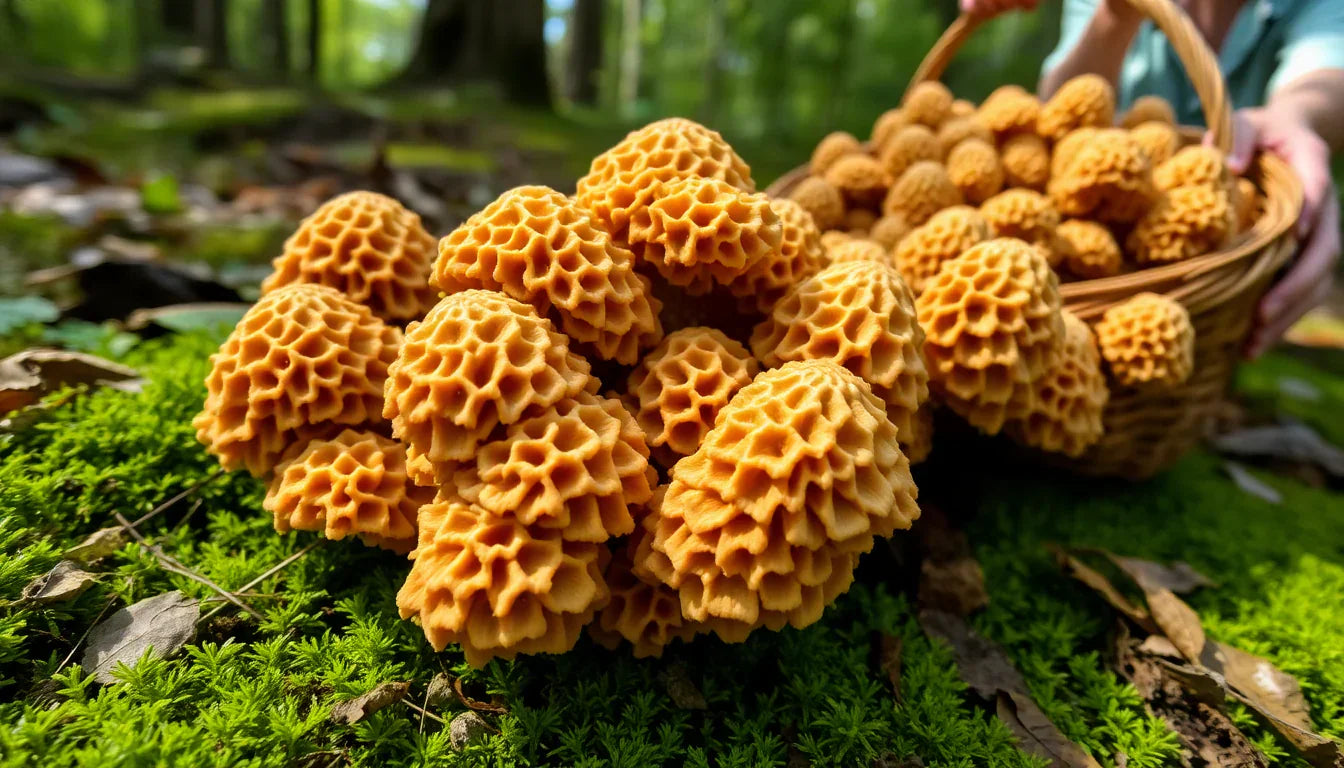
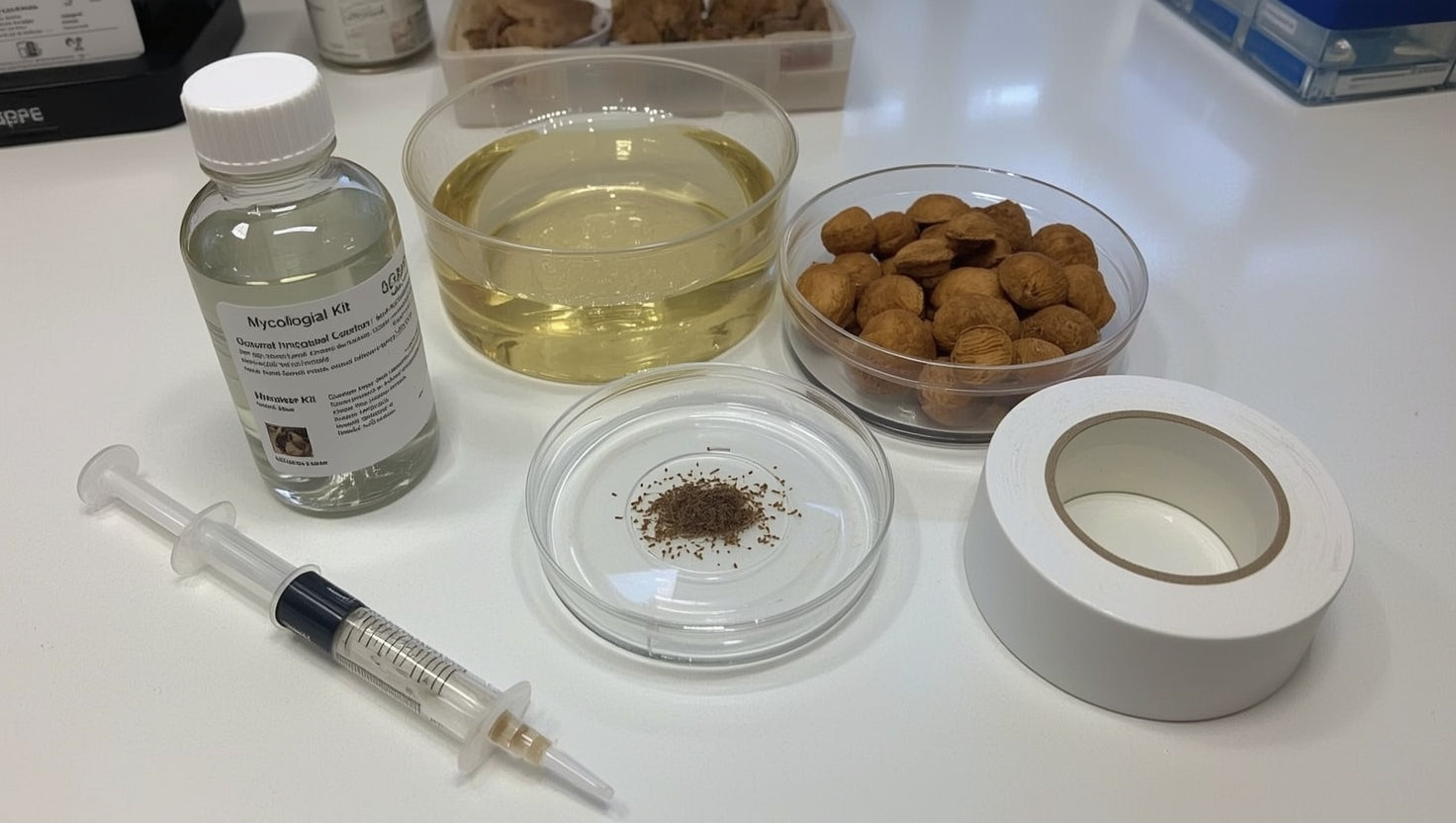
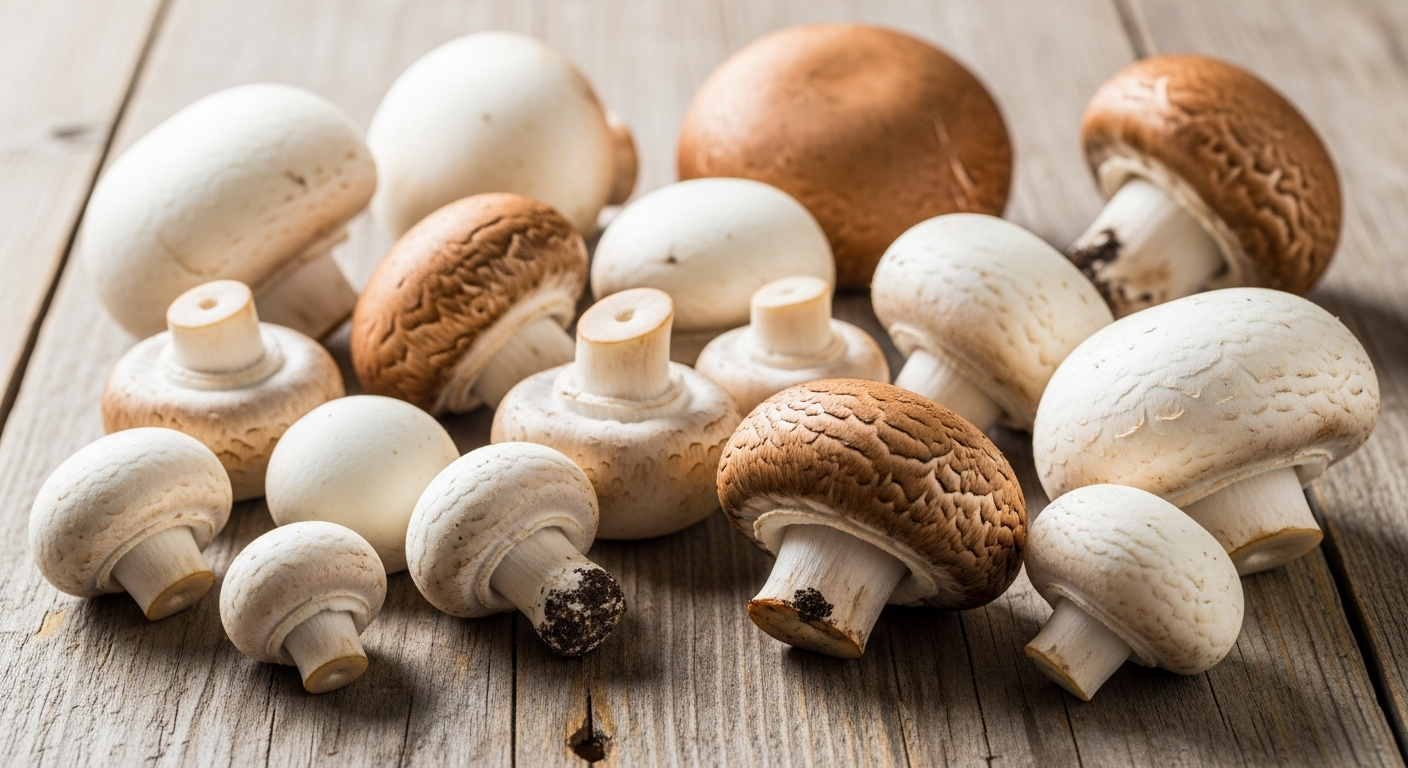
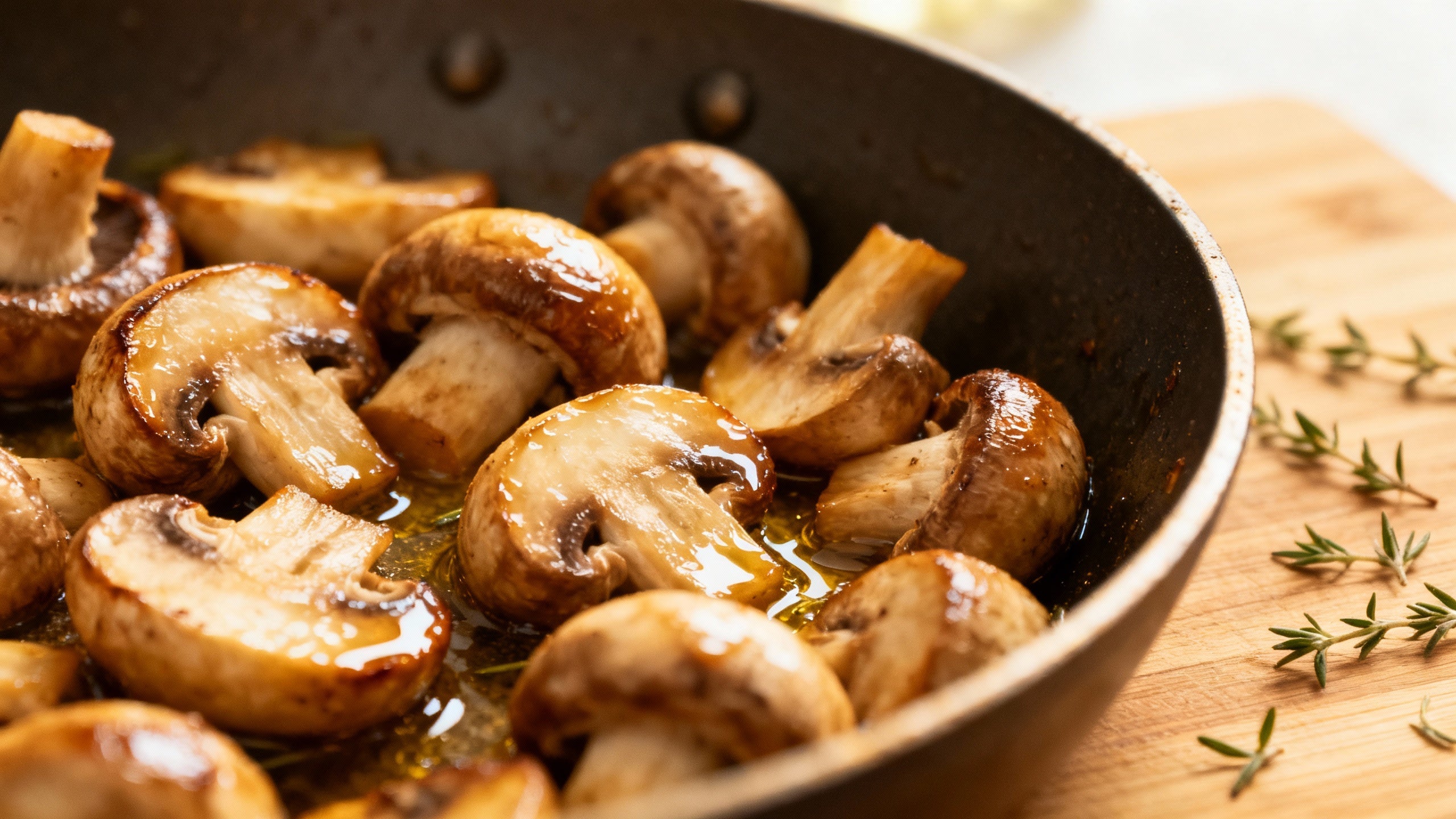
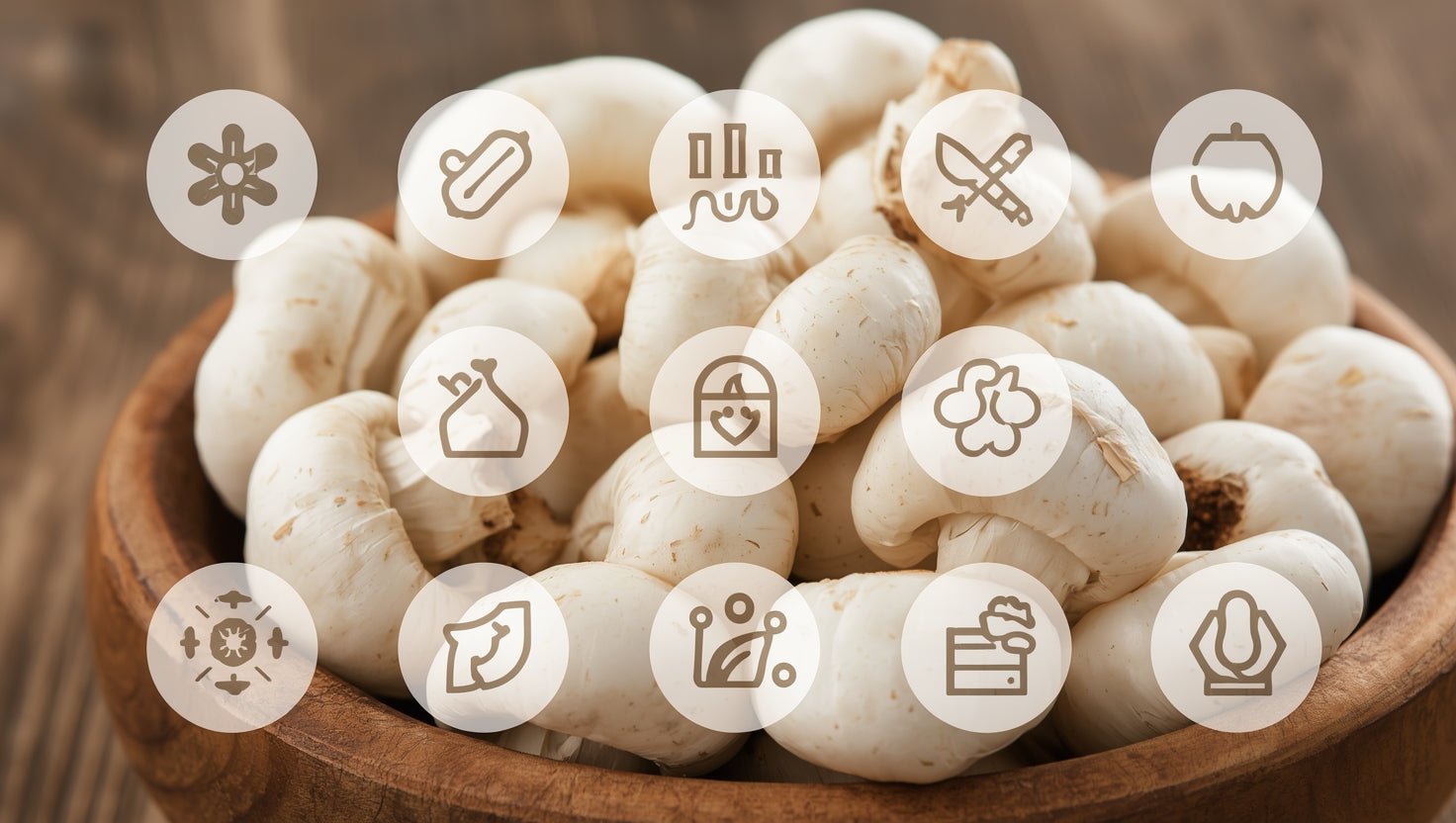
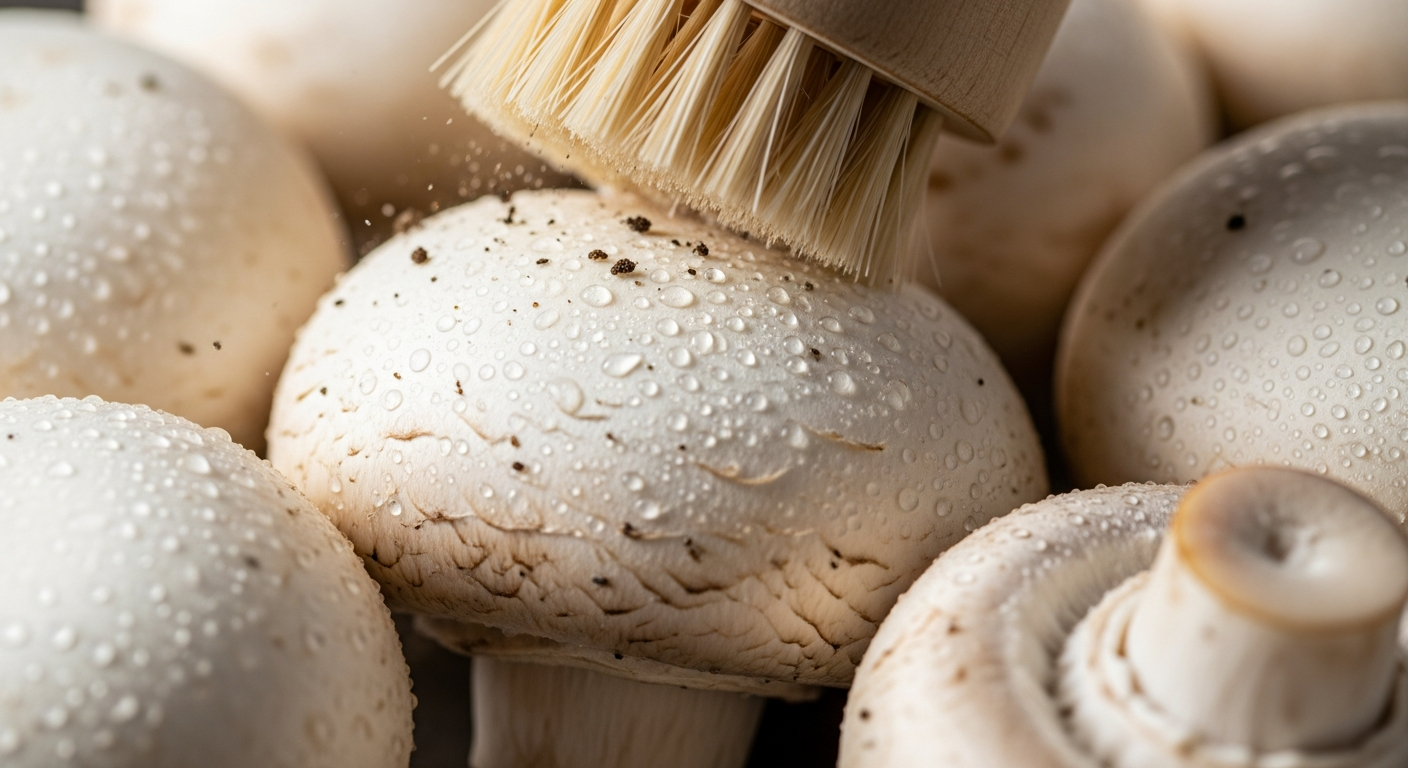
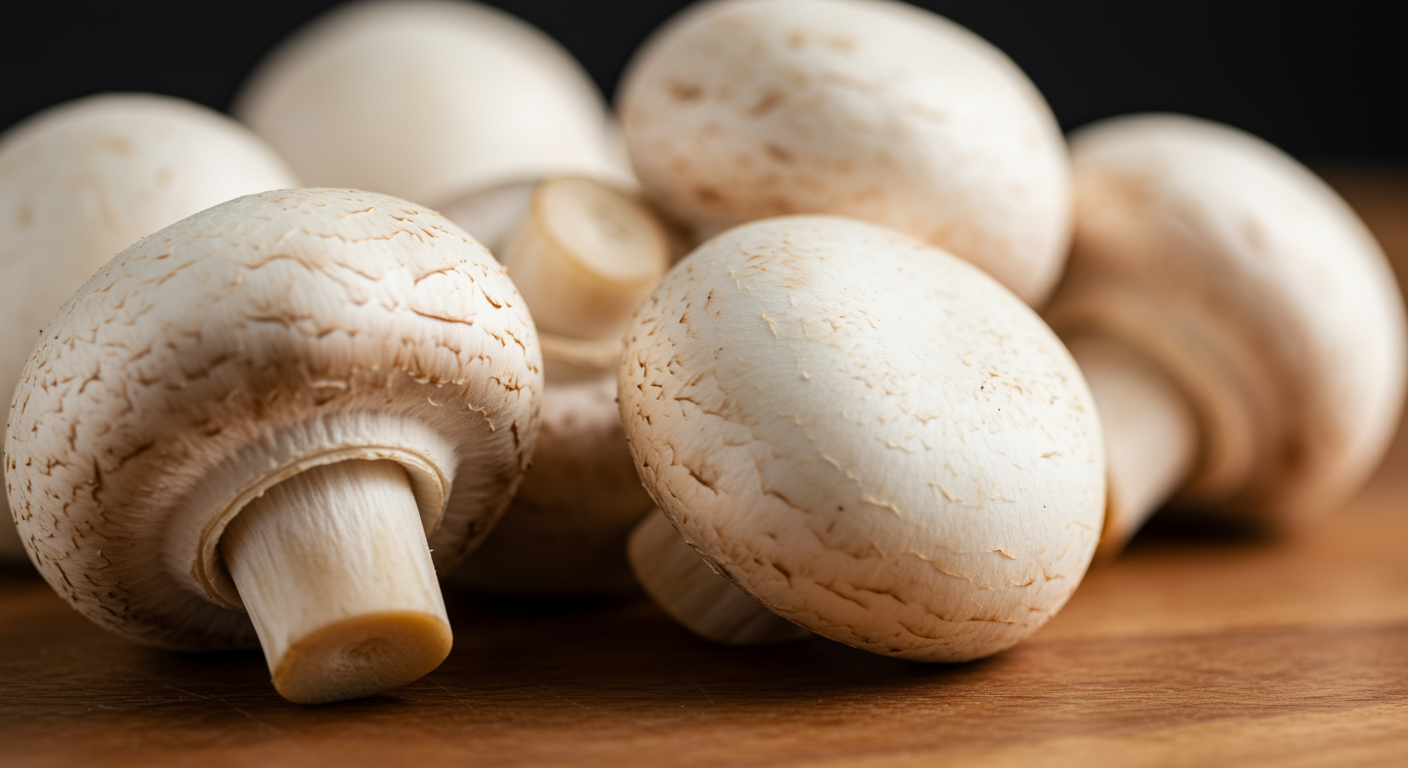
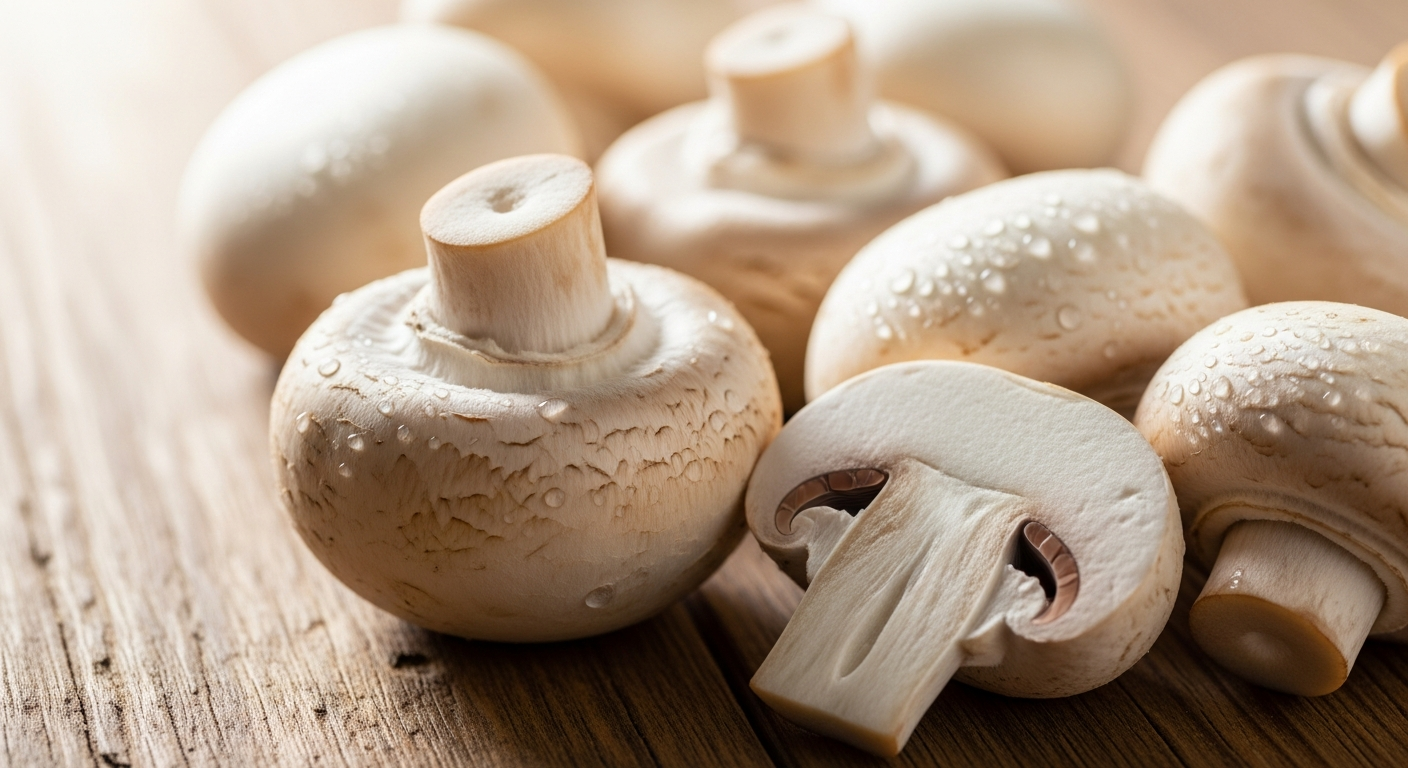
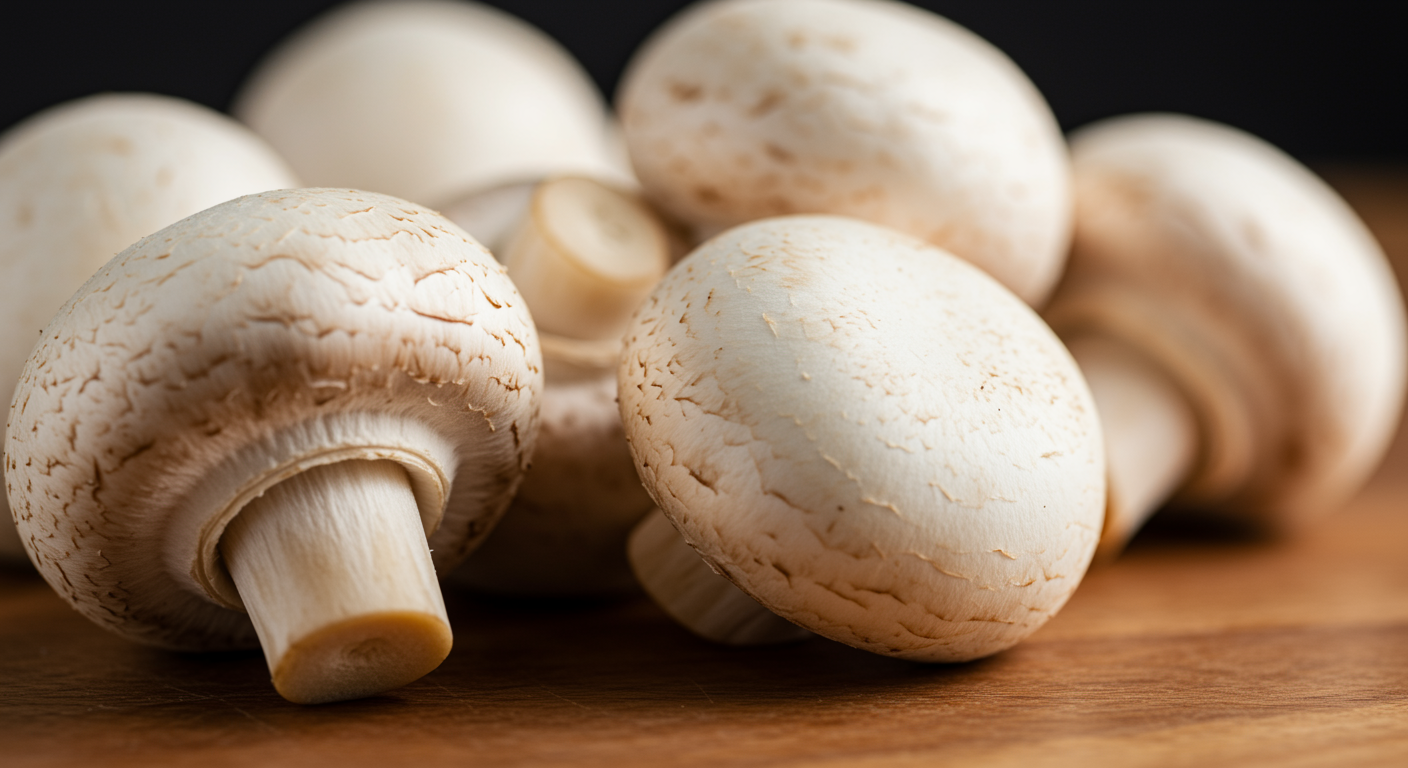
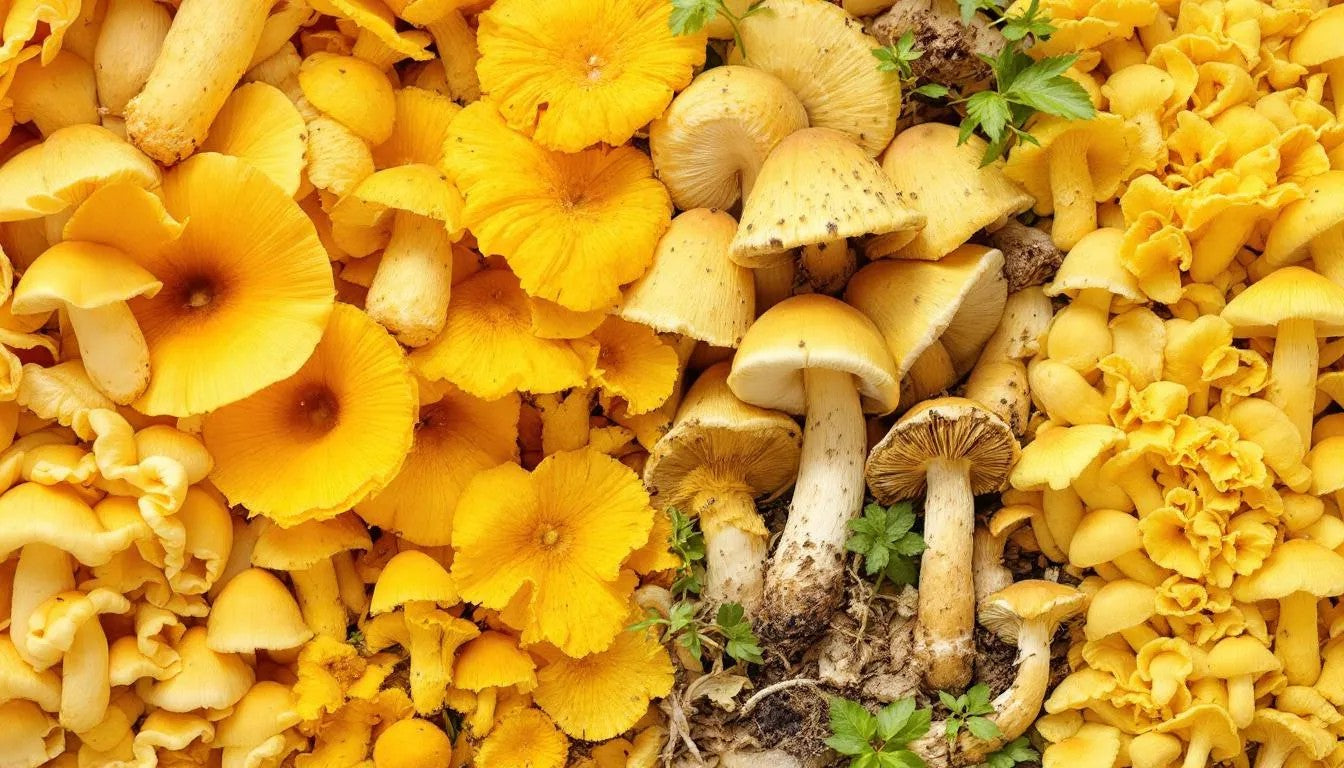



Share:
Morel Mushroom Nutrition: Uncovering the Health Benefits of This Gourmet Fungi
Can Dogs Eat Morel Mushrooms? A Guide for Pet Owners